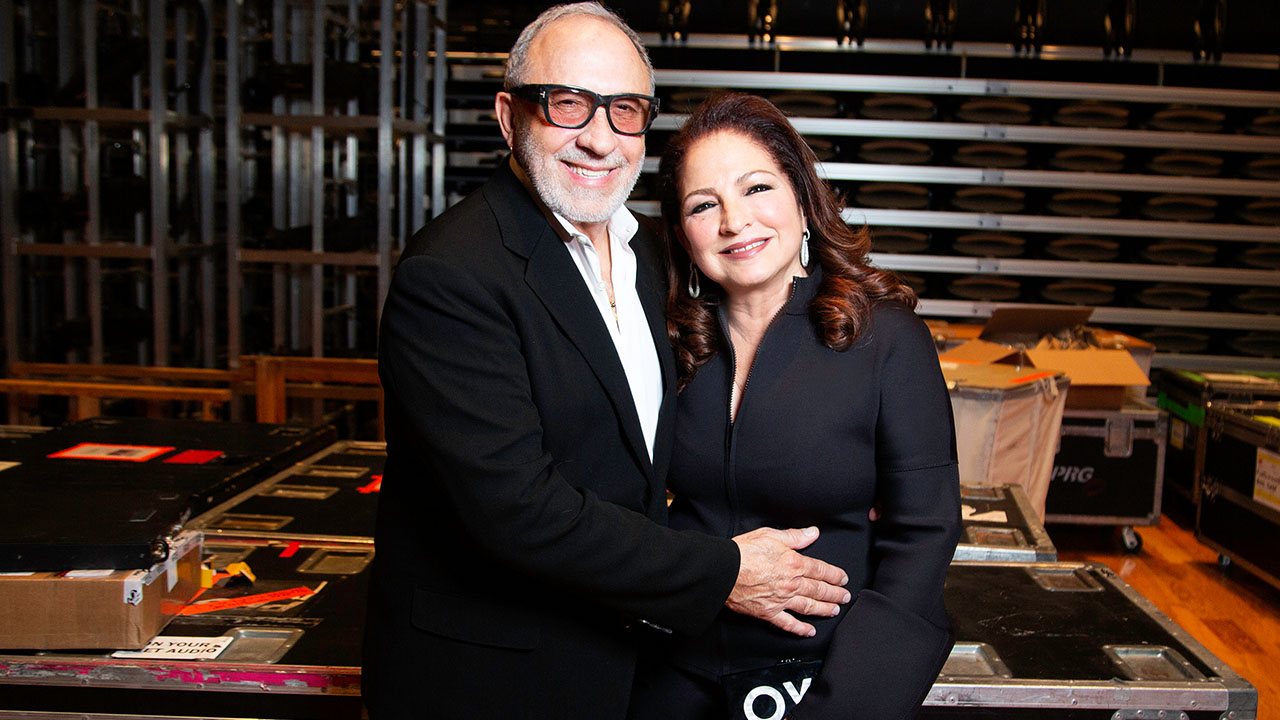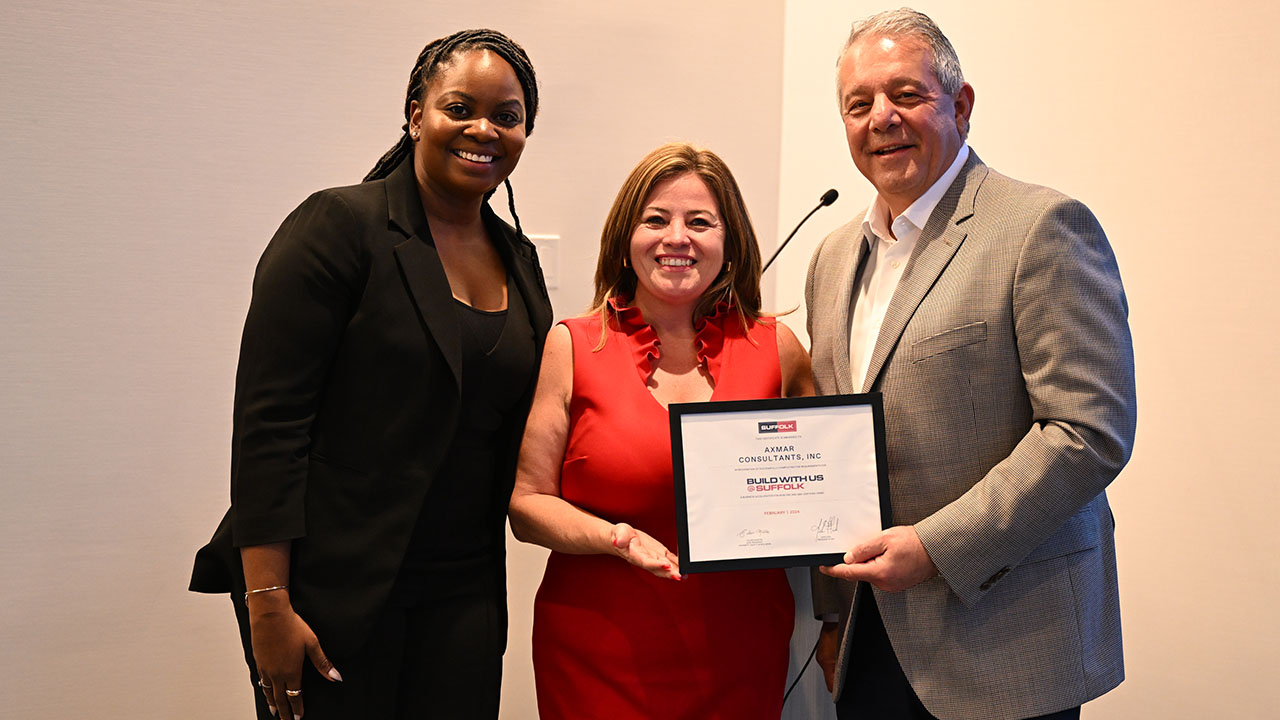Dear Mr. Berko: I’ve been reading your column for 35 years and in all that time I don’t ever recall that you wrote about municipal bonds. What can you tell me about them? Last year, I had a taxable income of $229,000 and because I’ve been single since 2012, my tax bracket is 33 percent. It will be about the same in future years, though I may marry again. I have $53,000 to invest for long-term income and my broker recommended Goldman Sachs Dynamic Municipal Bond Fund, which has a 3.3 percent current yield. Is this good to buy or do you recommend a better municipal bond? — JC: Oklahoma City, OK
Dear JC: According to Oscar Wilde, your first marriage is “the triumph of imagination over intelligence.” And if you marry again some would call a second marriage the “triumph of hope over experience,” but it would lower your tax bracket from 33 percent to 28 percent.
I can tell you more than you need to know. But to start, it’s an active and fluid market with innumerous active participants. Municipal bonds (often shortened to muni or muni bonds) are debt securities issued by state and local governments to finance a wide range of public and private sector projects — and the interest income is not federally taxable. For our purposes we’re only discussing municipal bonds that are not subject to federal taxation.
In 1975, the aggregate principal value of all outstanding muni bonds was just under $245 billion, which represented about 7,000 different issuers. Today’s $4 trillion municipal bond market represents 44,000 state and local government agencies, and is hugely diverse. Issuers include states, counties, cities, townships, villages and special purpose entities like highway, school district, water and sewer authorities, economic development bonds, hospital, government housing, airport and seaports bonds. About 55 percent of these municipal bonds are owned by individual investors, 30 percent by individuals through mutual funds and money market accounts, and the remaining 15 percent is owned by banks, trust accounts and corporations. On an average, $13.4 billion of muni bonds are traded each day. By comparison, there are about 51,000 corporate bond issues outstanding with a principal value of about $12.7 trillion and some $25 billion are traded daily.
The Goldman Sachs fund (GSMIX) fund owns $800 million in muni bonds, has a current yield of 3.3 percent, an annual expense ratio of 1.01 percent and the broker will decamp with a $1,987.50 commission (3.75 percent of $53,0000) after peddling it to you. The first year’s cost of $2,522.80 (management fee plus commission) to own this is absurdly larger that your first year’s interest income of $1,749. And that’s obscene especially since the monthly dividend has declined 20 percent since 2011. But for someone in your bracket, that’s equivalent to a 4.9 percent taxable return. Still GSMIX’s one-year, three-year and five-year total returns are 7.3 percent, 4.8 percent and 5.5 percent, which are certainly better than any bank CD.
But tell your broker to “stuff it,” and then open an account with a discount brokerages in OKC. Then for a total $7.95 commission charge, purchase $53,000 of SPDR Nuveen S&P High Yield Municipal Bond Exchange Traded Fund (HYMB-$59.68) This $485 million tax free ETF tracks the high-yield municipal bond market while the tax-free 4.3 percent yield is equivalent to a 6.4 percent taxable return. And HYMB is considered one of the Street’s three best high-yield municipal bond funds even though the income has declined 10 percent since 2011. The expense ratio is 0.50 percent and HYMB’s one-year, three-year and five-year total returns of 6.7 percent, 12.84 percent and 8.48 percent are impressively superior to Goldman’s GSMIX.
On many occasions, I’ve recommended municipals to readers as a substitute to long-term treasuries. The yields are higher and they’re tax free. But taxes must rise in the coming years to pay for government-sponsored programs (Obamacare, college tuition, Medicaid, and myriad additional entitlement agendas) and an increased demand for municipals may push prices higher and yields lower.
Please address your financial questions to Malcolm Berko, P.O. Box 8303, Largo, FL 33775, or email him at mjberko@yahoo.com. To find out more about Malcolm Berko and read features by other Creators Syndicate writers and cartoonists, visit the Creators Syndicate website at www.creators.com.
COPYRIGHT 2016 CREATORS.COM














